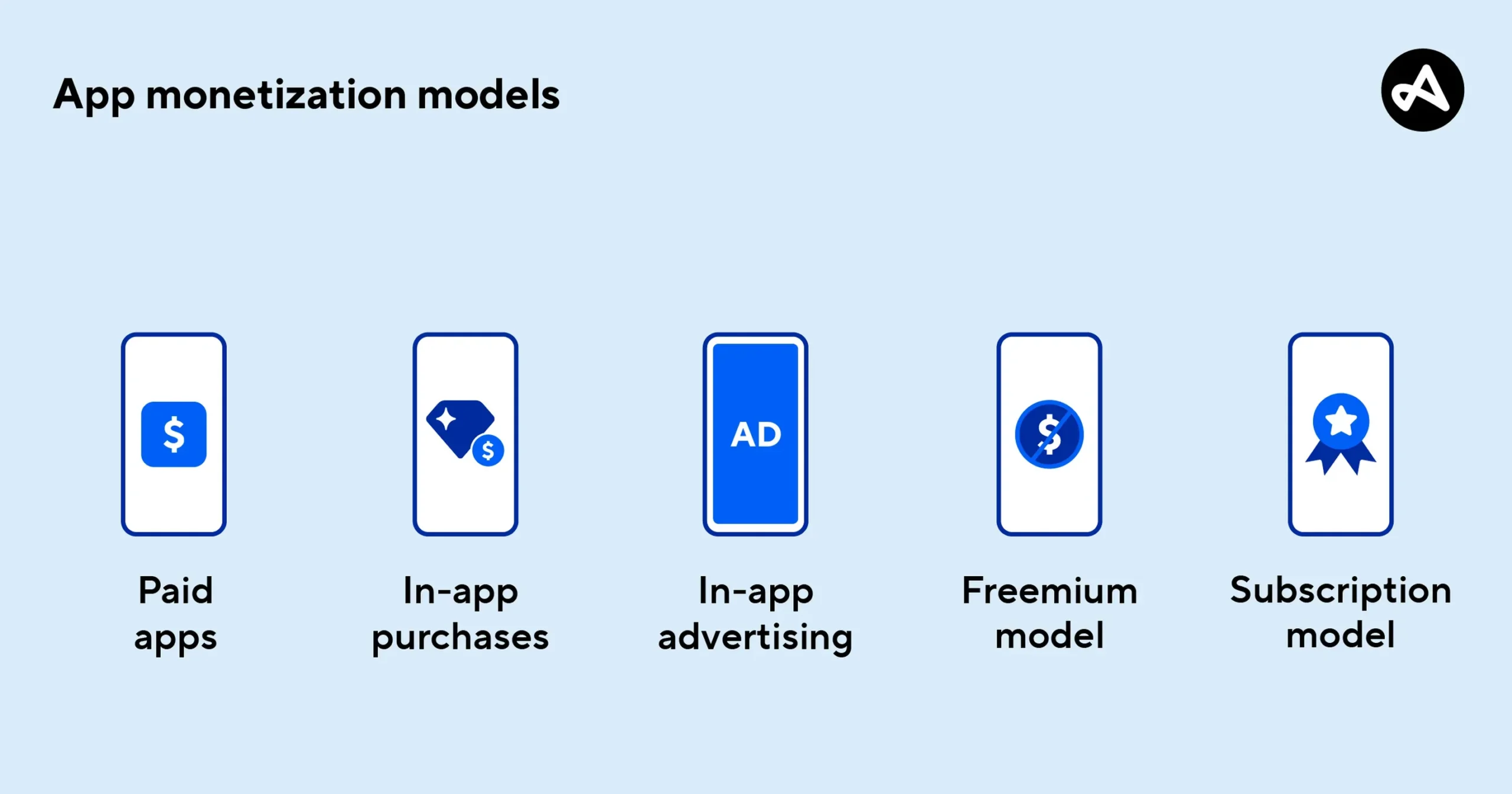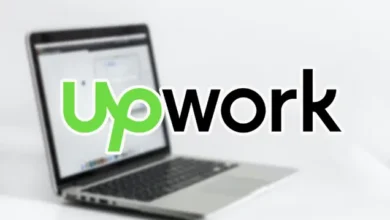LinkedIn for Freelancers How to Get Clients Without Cold Pitching
Discover how LinkedIn for Freelancers clients on LinkedIn without cold pitching. Learn profile optimization, inbound strategies, and content tactics.

The traditional freelance client acquisition model feels broken. For decades, freelancers have relied on exhausting outreach campaigns, bidding wars on platforms like Upwork and Fiverr, and constant cold pitching to prospects who’ve never heard of them. Yet research from Upwork reveals that 57% of freelancers struggle to find clients, establishing a persistent challenge in the professional services marketplace. The frustration becomes palpable when skilled professionals spend hours crafting pitches only to receive silence or rejection. However, an alternative exists that transforms the power dynamic entirely. LinkedIn for freelancers represents a fundamental shift from outbound prospecting to inbound attraction, where potential clients discover you through your optimized profile, valuable content, and genuine professional relationships. With over 930 million users globally, LinkedIn functions as the world’s largest professional networking platform, containing decision-makers, project leads, and entrepreneurs actively seeking freelance talent for their initiatives. Rather than pursuing clients through unsolicited messages, successful freelancers leverage LinkedIn for client acquisition by positioning themselves as visible experts in their respective fields. This comprehensive approach eliminates the desperation inherent in cold pitching and replaces it with a sustainable system where clients actively approach you. The distinction between traditional outbound prospecting and modern LinkedIn strategies for freelancers lies in foundational preparation. By investing time in profile optimization, sharing valuable industry insights, engaging meaningfully with your network, and building genuine relationships, freelancers establish credibility that attracts high-quality clients seeking premium services. This article explores proven methods to leverage LinkedIn to get clients without relying on aggressive cold outreach, revealing the exact systems that transform your profile into a client generation machine.
Why LinkedIn Matters More Than Ever for Freelancers
Understanding why LinkedIn for freelancers has become indispensable requires examining the platform’s unique characteristics compared to traditional job boards and freelance marketplaces.
The Professional Mindset Advantage
LinkedIn differs fundamentally from other social media platforms because users access it with a specific professional mindset. Unlike Instagram, TikTok, or Facebook, where people scroll for entertainment, LinkedIn users actively think about business, projects, and hiring decisions. This psychological positioning means prospects are receptive to professional opportunities when presented authentically on the platform. Two new users join LinkedIn every second, making it one of the fastest-growing social media networks, especially for professionals, and because it’s a business networking site, people expect – and many times welcome – freelancers approaching them to help their business succeed.
Access to Decision-Makers
LinkedIn provides direct access to individuals with hiring authority—content managers, marketing directors, project leads, and business owners. Unlike traditional job boards, where you compete against thousands of applicants, LinkedIn freelancing strategies allow you to identify and connect with specific decision-makers who actively seek freelance expertise. With over 700 million users worldwide, LinkedIn provides a vast pool of opportunities waiting to be tapped, with advanced search features that allow filtering by job title, location, and industry.
Higher Quality Client Base
The professionals who use LinkedIn tend to possess greater purchasing power and hiring budgets compared to users on other platforms. Companies that recruit freelancers on LinkedIn typically allocate resources for quality talent rather than seeking bargain-basement pricing. This fundamental difference means getting clients on LinkedIn often results in higher-paying, more professional engagements compared to marketplace-based competition.
Building a Profile That Attracts Clients Without Outreach

The foundation of LinkedIn for getting clients begins with an optimized profile that attracts organic discovery. Your profile functions as your digital portfolio and should communicate your value proposition instantly to visitors.
Crafting a Compelling Headline for Discoverability
Your LinkedIn headline is arguably the single most important element for client attraction. The most important part of your LinkedIn profile is the headline, which should rank higher in search results when clients are searching for a freelancer and help you get more referrals from colleagues. Rather than using the default job title, craft a headline that communicates what you do and the problems you solve. Effective headlines incorporate target keywords that clients use when searching for freelancers with your specific expertise.
If you’re a graphic designer looking for work, you might want to include keywords like “graphic designer,” “design portfolio,” and “freelance design” in your headline to make it more likely that your page will appear at the top of search results. The goal is to create a headline within 120-170 characters that immediately conveys your value proposition to potential clients browsing search results.
Optimizing Your LinkedIn URL and Profile Sections
Customizing the LinkedIn URL by including your profession (like …/in/johndoeapplicationdeveloper) or degrees (like …/in/johndoemba) is smart because it adds important keywords and ensures you show up in Google searches when someone searches your profession. This seemingly small optimization significantly improves both LinkedIn and Google visibility for your profile.
Professional Photography and Visual Branding
First impressions drive initial profile engagement. People with profile photos get 14-21 times more profile views than people without photos, and having a professional photo on your LinkedIn profile makes it much more likely that clients will take you seriously. Invest in professional headshot photography or use high-quality alternatives that present you as a credible, trustworthy professional.
Your banner image, the header spanning your profile, provides an additional branding opportunity. Use this space to highlight your value proposition, past client results, or key services offered to reinforce your professional positioning immediately.
Creating a Client-Focused Summary Section
Your LinkedIn summary represents your most expansive opportunity for keyword integration and value communication. Your summary should highlight what you do, your value offering, and why clients should work with you over other freelancers, providing an opportunity to add credentials like results, qualifications, or awards. Structure your summary to answer critical questions clients have: What problems do you solve? Who do you help most effectively? What results do you deliver?
Rather than writing about yourself in third person or listing generic qualifications, frame your summary around client benefits and outcomes. A client-focused profile shows that you understand client needs and can meet their needs, includes the keywords that clients use to search for freelancers like you, and clearly says how you help your clients.
Strategic Keyword Integration for LinkedIn SEO
Attracting clients without cold pitching requires that clients can find your profile when searching for your services. LinkedIn SEO optimization ensures your profile appears prominently in relevant searches.
Conducting Keyword Research for Your Niche
To find SEO keywords for your profile, simply conduct keyword research as you would if you were finding keywords for your business website, identifying what keywords are used in the “top ranking” profiles to understand trends in how successful profiles are optimized. Search LinkedIn directly for your target keywords and analyze how top-ranked profiles structure their content and keyword placement.
Strategic Keyword Placement Across Profile Sections
Skills are an important filter for recruiters using the LinkedIn Recruiter service, often the second search criterion used after location, and the best skills are keywords relevant to the jobs employers are trying to fill. Include 10-15 relevant skills in your skills section, recognizing that only 3 are visible initially, but all contribute to search ranking.
Keywords listed in the Headline field will have a greater impact, increasing your ranking among other users for the same terms, which is why using the default current-job headline is not a good idea. Layer keywords naturally throughout your headline, summary, experience section, and skills section to maximize discoverability without appearing spammy.
The Importance of Natural Keyword Density
While LinkedIn doesn’t penalize keyword stuffing like Google does, maintaining natural keyword flow remains essential for readability and credibility. You have to place highly searched keywords in the right sections of your profile while maintaining a decent keyword density and ensuring natural keyword flow within the content. Prioritize quality, naturally written content that incorporates keywords strategically rather than artificial keyword repetition.
Showcasing Your Work: The Featured Section Strategy
Potential clients need to see proof of your capabilities before deciding to engage. Your Featured section provides the perfect opportunity to showcase your best work and establish credibility.
Curating Your Best Work Samples
Use LinkedIn’s ‘Featured’ section to show off your best pieces of work as a credible portfolio, for example, if you’re a freelance designer – add external media like HD design images, if you’re a software developer – feature your GitHub profile’s URL, or if you’re a freelance conversion copywriter – add an image of a recently featured snippet on SERPs. Select projects that represent your strongest work and resonate most with your target client profile.
Uploading Rich Media and Portfolio Content
Beyond simple links, leverage LinkedIn’s ability to upload videos, presentations, and multimedia content. Try to upload rich media like presentations and videos to attract visitors, ensuring you feature the best niche-specific work you’re proud of, so the target audience gets persuaded to click and learn more. Visual demonstration of your capabilities often proves more persuasive than written descriptions alone.
Adding Context and Testimonials
For each featured work sample, add brief descriptions highlighting your specific role and contribution to the project. Remember to add short descriptions highlighting your role and contribution to each featured project so it’s easy for potential clients to scour through your samples. Additionally, request client testimonials and recommendations that provide social proof of your expertise and professionalism.
Becoming Visible Through Authentic Engagement and Content
Passive profile optimization creates the foundation, but authentic engagement and consistent content sharing accelerate client discovery. LinkedIn content strategy transforms your profile from a static resume to a dynamic thought leadership platform.
Sharing Valuable Industry Insights
The most effective LinkedIn strategy for freelancers involves regularly sharing insights, observations, and valuable content related to your expertise. Share insightful content related to your field — blog posts, articles, or even infographics- and engaging with industry discussions and group positions positions you as a thought leader, making you the go-to person when companies need freelance help. When potential clients see you consistently adding value to conversations in your industry, they naturally think of you when project needs arise.
Building Genuine Professional Relationships
Rather than viewing LinkedIn as a prospecting tool, approach it as a networking platform for building authentic relationships. The beauty of LinkedIn lies in its ability to foster genuine connections, where you engage with potential clients’ posts, offer congratulations on work anniversaries, or simply send a personalized message introducing yourself, with building relationships — even virtual ones — going a long way in today’s business world. These genuine interactions build familiarity and trust that eventually translate into client opportunities.
Engaging With Content Strategically
Active engagement with relevant content—commenting thoughtfully on industry discussions, responding to questions in your area of expertise, and participating in LinkedIn groups—amplifies your visibility. The more active you are (engaging, commenting, posting, and liking), the better your chances of being seen. Similar to other social media platforms, LinkedIn also values the level of interaction your content receives.
Leveraging Advanced LinkedIn Search for Warm Outreach
While this article emphasizes avoiding cold pitching, strategic warm outreach differs significantly. LinkedIn’s advanced search features let you refine your results by clicking on the search bar and selecting “People,” opening a drop-down menu with filters such as connections, locations, and current companies to connect with decision-makers directly by filtering by job title.
Identifying Ideal Client Profiles
Use LinkedIn’s search capabilities to identify companies and professionals matching your ideal client profile. Rather than indiscriminate outreach, target specific decision-makers whose needs align with your services. This precision targeting dramatically improves response rates and engagement quality compared to spray-and-pray cold pitching.
Personalization Over Volume
When you do reach out to prospects, personalization becomes paramount. When messaging prospects on LinkedIn, keep the focus on listening to the needs of others, keep it light, always be friendly, offer to help, and respond quickly when you get a response, avoiding hard sells. Reference specific details from their profile, mention mutual connections when applicable, and demonstrate genuine interest in their business challenges rather than focusing on your services.
Monetization Models and Conversion Strategies

Attracting client attention through LinkedIn means nothing without clear conversion mechanisms. Establish explicit paths from discovery to engagement.
Adding Clear Calls-to-Action
Your profile should include explicit instructions for how interested parties can contact you. This might involve adding a “Book a Meeting” link, email address, or website URL. You can add links to your recent work, fun facts about you, why you love what you do, a link to book a meeting with you, and don’t forget to add keywords for better searchability.
Setting Expectations Around Availability
If you’re available for new projects, make this explicit. Some freelancers add “Currently Accepting New Clients” or “Open to Freelance Opportunities” to their headline or summary. Clarity around availability eliminates confusion and ensures prospects understand your openness to engagement.
Creating a Compelling Proposal Process
When prospects express interest, your response and proposal process significantly impact conversion rates. Provide detailed proposals that reference specific client pain points and demonstrate understanding of their needs. The goal is moving from generic pitches to customized solutions addressing each client’s unique situation.
Building a Sustainable System for Consistent Client Flow
The most effective freelancers on LinkedIn treat profile optimization and engagement as ongoing systems rather than one-time efforts.
Regular Profile Updates and Maintenance
Continuously update your profile with recent projects, achievements, and refined positioning. Consistently update your profile with recent projects, achievements, and relevant skills to maintain a dynamic and attractive online presence. This demonstrates active engagement and ensures your most current work and capabilities are visible to prospects.
Systematic Network Expansion
Rather than random connection requests, approach networking strategically by identifying target profiles matching your ideal client profile and connecting with genuine interest. Quality network expansion creates a larger pool of potential clients and referral sources.
Tracking and Optimization
Monitor which profile elements, content types, and engagement strategies generate the most inquiries and engagement. Adjust your approach based on data rather than guessing. If certain content consistently generates responses, create more of that type. If specific profile sections attract qualified leads, enhance those sections.
Avoiding Common Mistakes in LinkedIn Freelancer Strategies
Success on LinkedIn requires understanding pitfalls that undermine client acquisition efforts.
The Profile Neglect Trap
Many freelancers create a LinkedIn profile and abandon it for months or years. An outdated, incomplete profile actively undermines your credibility. Commit to regular updates, fresh content, and active engagement to maintain a strong professional presence.
Keyword Stuffing Without Value
While keywords matter, stuffing your profile with irrelevant terms or repetitive phrases damages your credibility and confuses the algorithm. Maintain natural language and genuine communication while incorporating keywords strategically.
Passive Waiting Without Engagement
Optimizing your profile alone isn’t sufficient. You must actively engage with your network, share valuable content, and participate in relevant discussions. The most successful freelancers on LinkedIn combine passive profile optimization with active relationship building.
Generic Content and Non-Personalized Outreach
Copy-pasting generic messages to prospects or sharing irrelevant content wastes everyone’s time. Personalization and relevance matter significantly. Tailor your communications to specific individuals and share content genuinely valuable to your target audience.
Measuring Success and Adjusting Your Approach
Implement metrics to track LinkedIn’s impact on your freelance business and adjust strategies accordingly.
Key Performance Indicators for LinkedIn Freelancers
Monitor profile views, connection request acceptance rates, inbound inquiry volume, and conversion rates from inquiry to engagement. Track which content generates the most engagement and which profile elements attract qualified prospects.
Testing and Iteration
Experiment with different content formats, posting frequencies, and messaging approaches. What works brilliantly for one freelancer may underperform for another, depending on your specific niche and audience. Test systematically, measure results, and iterate continuously.
Long-Term Perspective
LinkedIn client acquisition builds gradually rather than overnight. In the first months, you may see limited results as your profile gains visibility and your content builds an audience. However, consistent effort over 3-6 months typically generates meaningful client inquiry flow that accelerates over time.
More Read: How to Increase Your Freelance Rates Without Losing Clients
Conclusion
LinkedIn for freelancers represents a fundamentally different approach to client acquisition—one that replaces desperate cold pitching with strategic visibility, authentic relationship building, and valuable content sharing. By investing time in profile optimization through compelling headlines, relevant keywords, professional photography, and a client-focused summary, freelancers create profiles that attract organic discovery. The LinkedIn strategy that works best combines passive inbound attraction through optimized profiles with active engagement through consistent content sharing, genuine relationship building, and thoughtful networking.
Rather than bombarding prospects with unsolicited messages, the most successful freelancers use LinkedIn to position themselves as visible experts in their fields, making clients actively seek them out. This approach not only improves client acquisition quality but also eliminates the psychological burden of constant rejection inherent in traditional cold pitching. For freelancers committed to building sustainable, profitable businesses, LinkedIn offers the most powerful modern platform for attracting high-quality clients without aggressive outreach—replacing hustle with strategy, volume with value, and desperation with authority.





